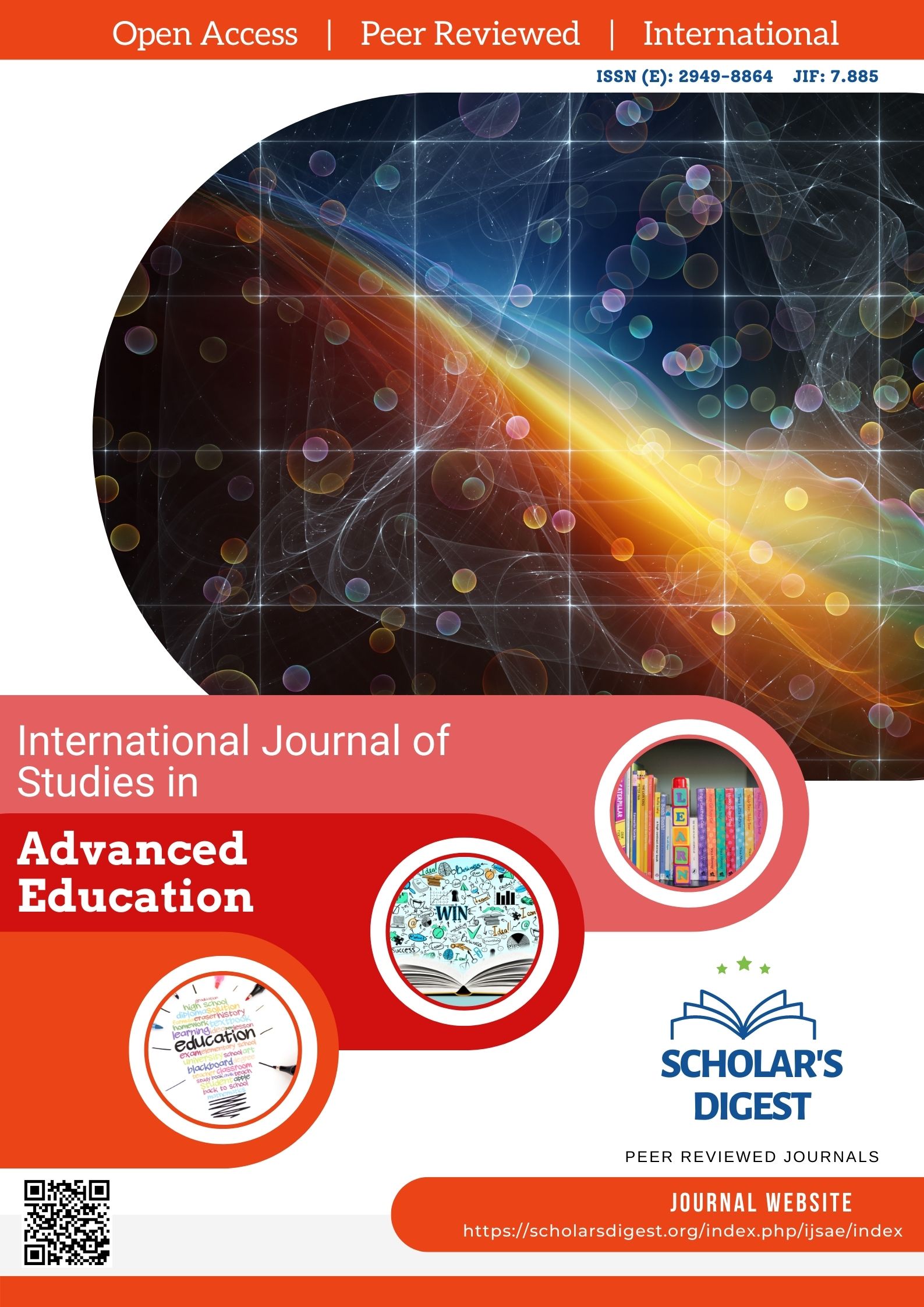MORPHOSYNTAX OF NEGATION IN KOLOKUMA
Keywords:
Morphosyntax, negation, Kolokuma, language, affirmative.Abstract
This study is a descriptive analysis of the morphosyntax of negation in Kolokuma. The paper investigated the operations of negation in the Kolokuma dialect of the Izon language to ascertain how negation is realised in different sentence structures. The data for this work was collected through discussions with native speakers. The study showed that the primary negative markers are ‘gha’ for affirmative sentences, and ‘kumo’ for imperative sentences. The study demonstrated that, the tense markers are neutralized in most negative sentences, but in the case of the perfectives, the tense markers are not only deleted, another negative particle ‘naa’ is inserted pre verbally for the present perfect aspect, while ‘naa’ and the auxiliary verb ‘timi’ are inserted for the past perfective aspect. The research also showed that the future maker ‘-nghmi’ is not deleted in future negative structures, but fronted to a post verbal position, attaching itself to another negative particle 'faa', while the negative marker ‘-gha’ is attached to the main verb. In the same vein, the future marker is not deleted in negative sentences with the auxiliary verb 'kurei', but fronted, while '-gha' attaches to the main verb.
Downloads
Published
Issue
Section
License

This work is licensed under a Creative Commons Attribution-NonCommercial 4.0 International License.








